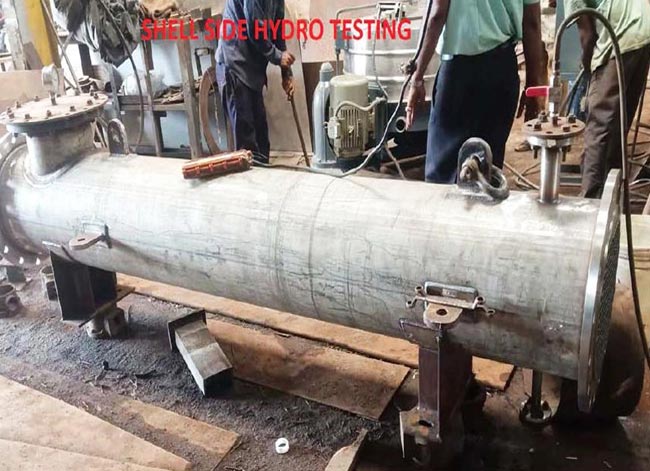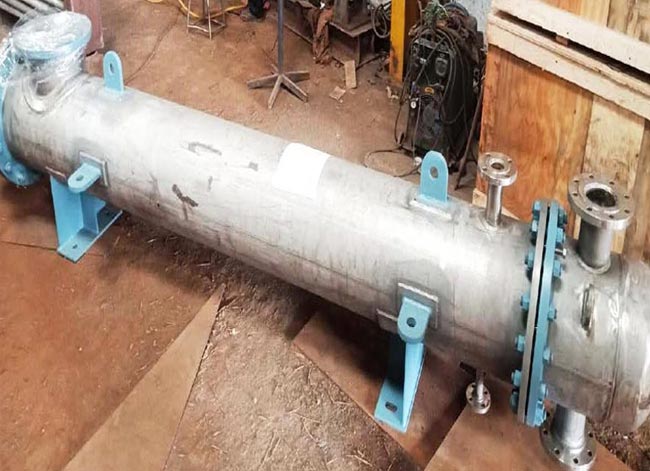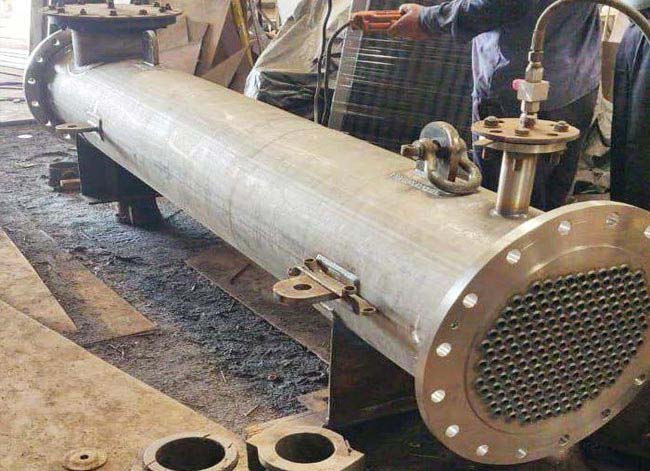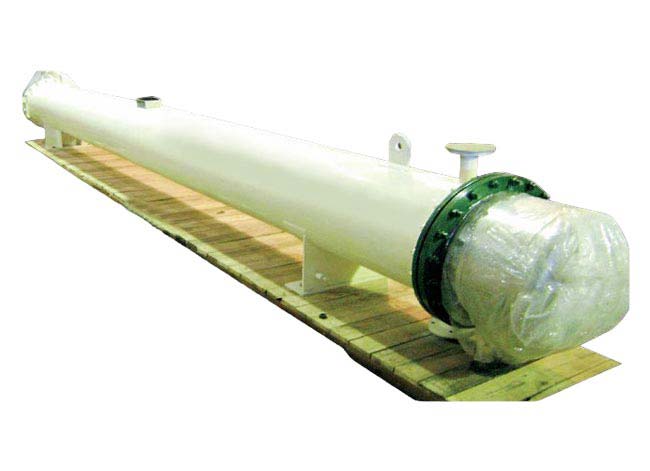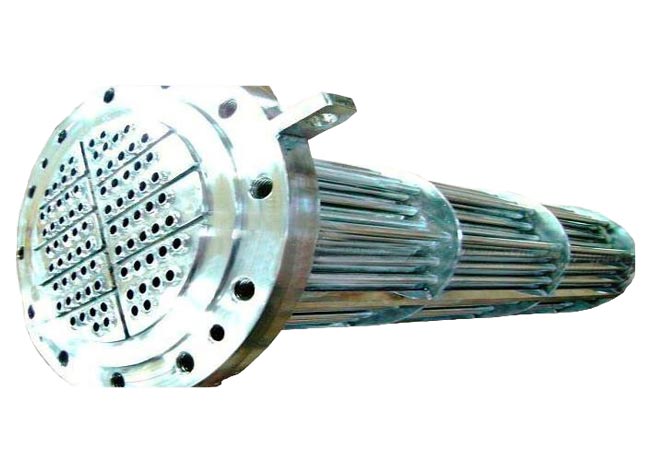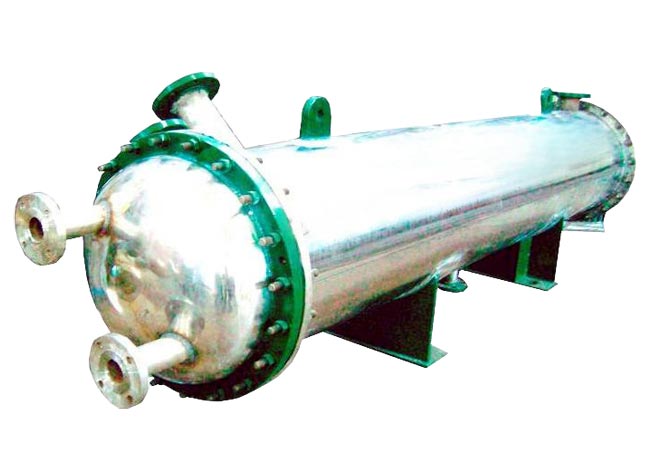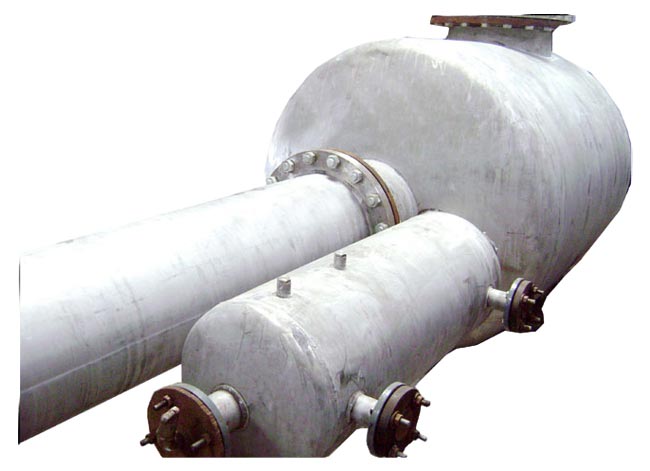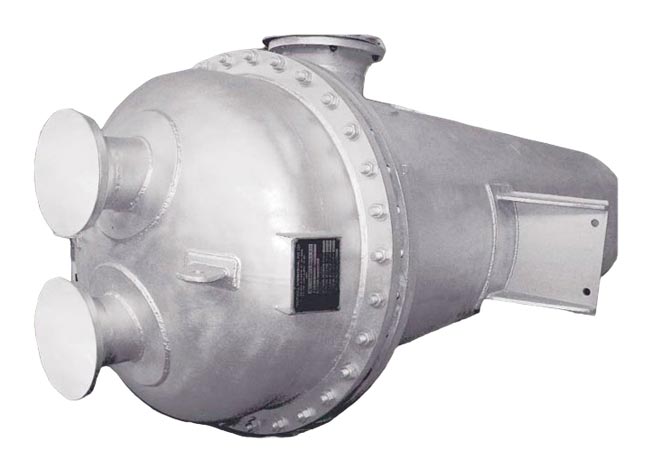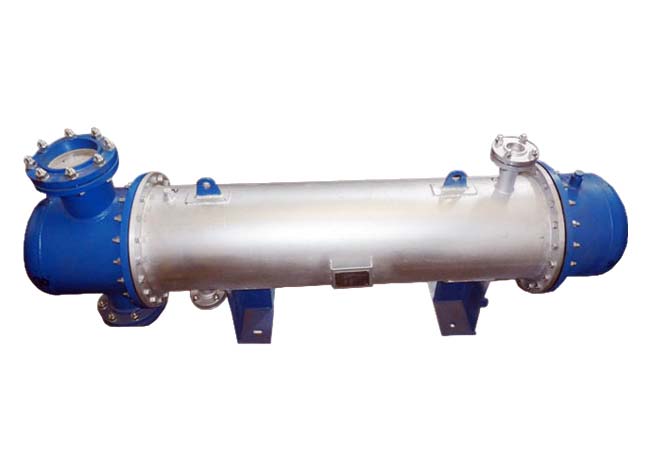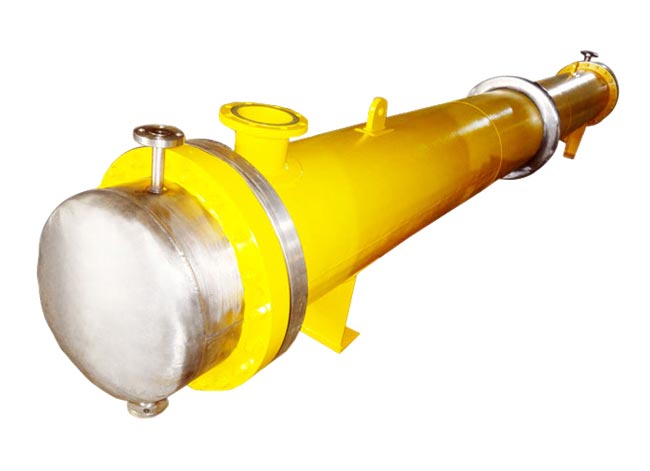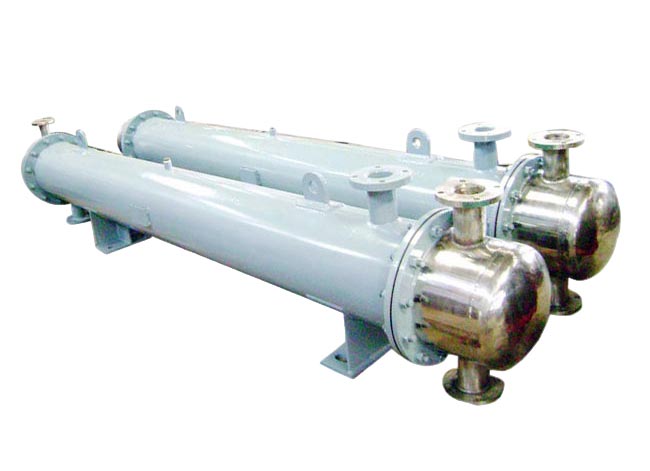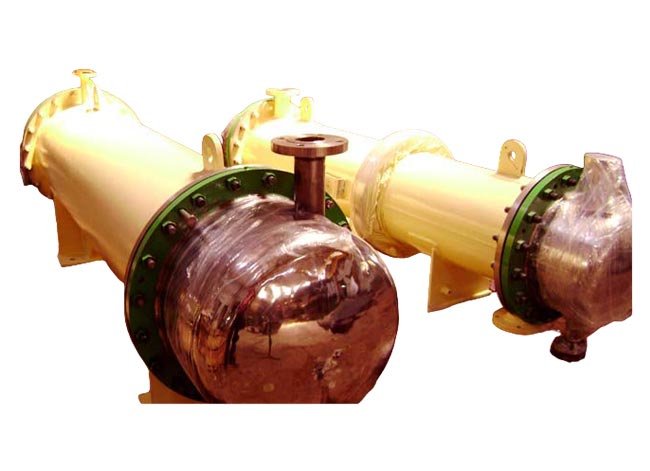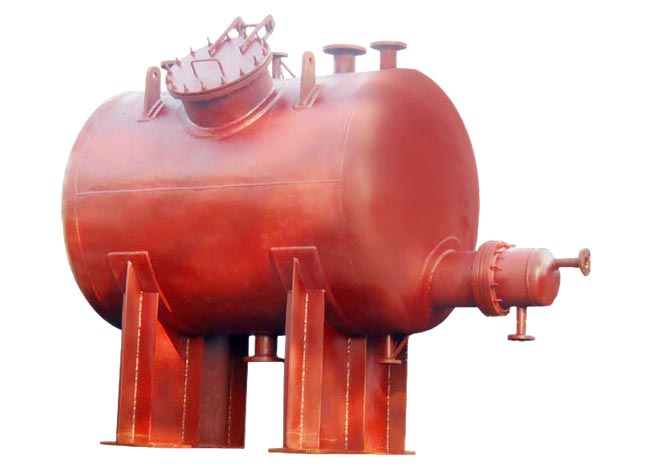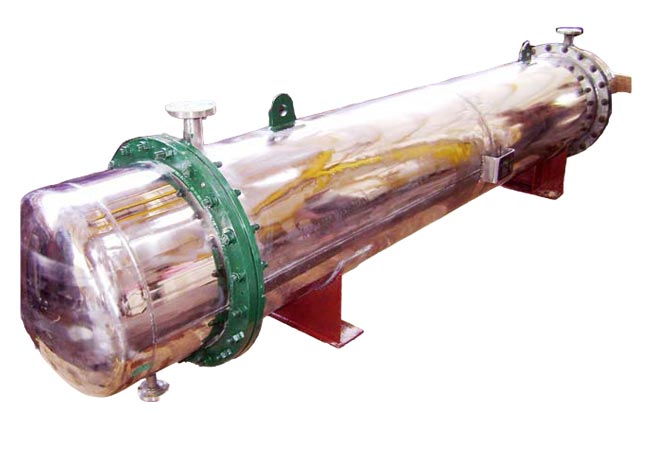We use both Corrugated tubes as well as Plain tubes for manufacturing this type of Heat exchangers.
Shell and tube heat exchangers are one of the most common types of heat exchangers used in industrial processes. They consist of a cylindrical shell containing a bundle of tubes, with one fluid flowing through the tubes and the other fluid flowing around the outside of the tubes. This configuration allows for efficient heat transfer between the two fluids.
Corrugated type Shell and tube Heat exchanger:
They feature a shell with corrugated surfaces and tubes arranged within it. The corrugations create turbulence and increase the contact area between the fluids, leading to improved heat transfer.
Types of Corrugations:
• Helical: Spiral-shaped corrugations.
• Chevron: V-shaped corrugations.
• Sinusoidal: Wave-like corrugations.
The choice of corrugation type depends on the specific application and desired heat transfer performance
Components of a Shell and Tube Heat Exchanger (Corrugated and Plain both)
A typical shell and tube heat exchanger consists of the following components:
• Shell: A cylindrical vessel that houses the tube bundle.
• Tube Bundle: A group of tubes arranged in a pattern within the shell.
• Baffles: Plates or sections placed inside the shell to direct the flow of the shell-side fluid and improve heat transfer.
• Tube Sheets: Plates that secure the tubes to the shell at each end.
• Nozzles: Connections for the inlet and outlet of the tube-side and shell-side fluids.
Types of Shell and Tube Heat Exchangers
Shell and tube heat exchangers can be classified based on the arrangement of the tubes and the type of baffles used:
• Fixed Tube Sheet Heat Exchangers: The tube bundle is fixed in place within the shell, making maintenance and cleaning difficult.
• U-Tube Heat Exchangers: The tubes are bent into a U-shape, allowing for easier maintenance and cleaning.
• Floating Head Heat Exchangers: The tube bundle can move within the shell, compensating for thermal expansion and contraction.
• Baffled Heat Exchangers: Baffles are used to improve heat transfer and prevent fluid bypass. Common baffle types include segmental baffles, plate baffles, and disc and doughnut baffles.
Advantages of Shell and Tube Heat Exchangers
• Versatility: They can handle a wide range of fluids, pressures, and temperatures.
• Reliability: They are durable and have a long service life.
• Efficiency: They can achieve high heat transfer rates, especially with the use of baffles.
• Flexibility: They can be designed in various sizes and configurations to meet specific needs.
Applications of Shell and Tube Heat Exchangers
Shell and tube heat exchangers are used in a variety of industries, including:
• Power Generation: Cooling condensers, economizers, and feed water heaters in power plants.
• Oil and Gas: Heat recovery units, process heaters, and coolers in refineries and petrochemical plants.
• Chemical Processing: Reactors, exchangers, and condensers in chemical plants.
• Food and Beverage Processing: Pasteurizers, sterilizers, and evaporators in food and beverage plants.
• HVAC Systems: Heat exchangers in air conditioning and heating systems.




